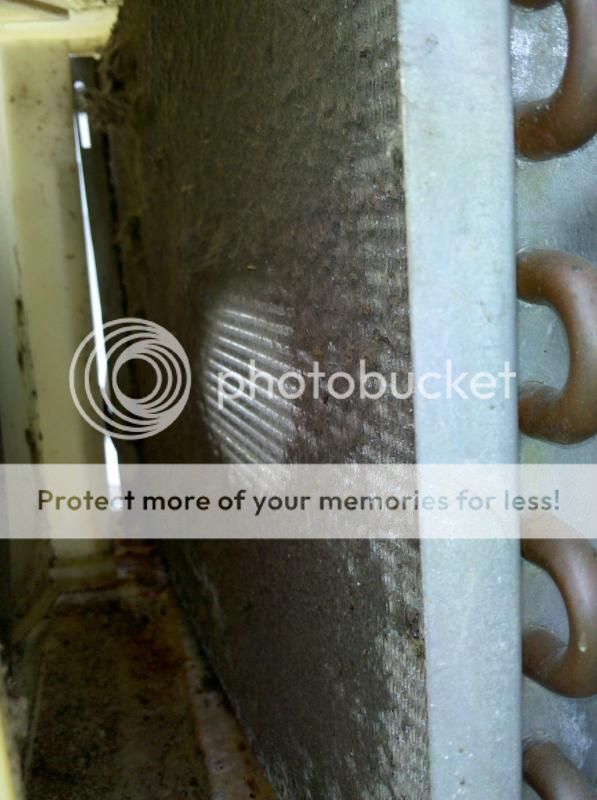Anonymous-0
Well-known Member
Anyone here have window air conditioning units in their home? Is there any maintainence that should be done before the hot weather gets here other than cleaning the filter (and removing the outside cover - don't ask)?

All the crud should be removed from the bottom of the case and the coils cleaned. At the minimum carefully use a vacuum with brush on the coils. The best is to use a specific coil cleaner chemical. In between would be to wash them off with a detergent. At my work place (University) I had 2 windows units to keep the equipment cool in the summer months. The UMRs (Utility Maintenance Repair) guy was suppose to cover them for the winter and clean them in the spring, but he/they never covered them and only cleaned them when they were so dirty they stopped working. One summer, out of desperation, I loaded up a spray bottle with detergent and water and proceeded to spray the coils on the dirtier window unit. I had no way to thoroughly rinse out the detergent. When I turned it on there was a flurry of bubbles blowing outside, it was on the 3rd floor. I'm sure you use a similar maintenance procedure on your tractor and combine radiators, don't you?(quoted from post at 16:48:57 05/23/13) Is there any maintainence that should be done before the hot weather gets here?
We sell tractor parts! We have the parts you need to repair your tractor - the right parts. Our low prices and years of research make us your best choice when you need parts. Shop Online Today.
Copyright © 1997-2024 Yesterday's Tractor Co.
All Rights Reserved. Reproduction of any part of this website, including design and content, without written permission is strictly prohibited. Trade Marks and Trade Names contained and used in this Website are those of others, and are used in this Website in a descriptive sense to refer to the products of others. Use of this Web site constitutes acceptance of our User Agreement and Privacy Policy TRADEMARK DISCLAIMER: Tradenames and Trademarks referred to within Yesterday's Tractor Co. products and within the Yesterday's Tractor Co. websites are the property of their respective trademark holders. None of these trademark holders are affiliated with Yesterday's Tractor Co., our products, or our website nor are we sponsored by them. John Deere and its logos are the registered trademarks of the John Deere Corporation. Agco, Agco Allis, White, Massey Ferguson and their logos are the registered trademarks of AGCO Corporation. Case, Case-IH, Farmall, International Harvester, New Holland and their logos are registered trademarks of CNH Global N.V.
Yesterday's Tractors - Antique Tractor Headquarters
Website Accessibility Policy
